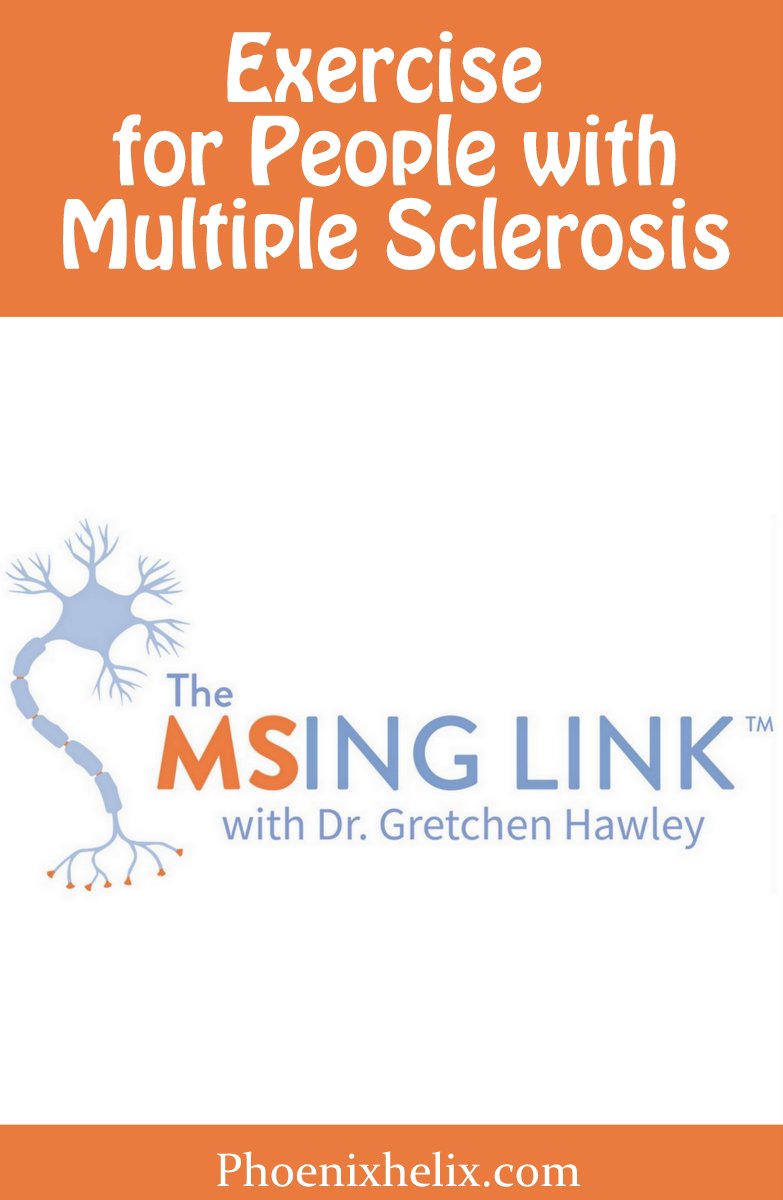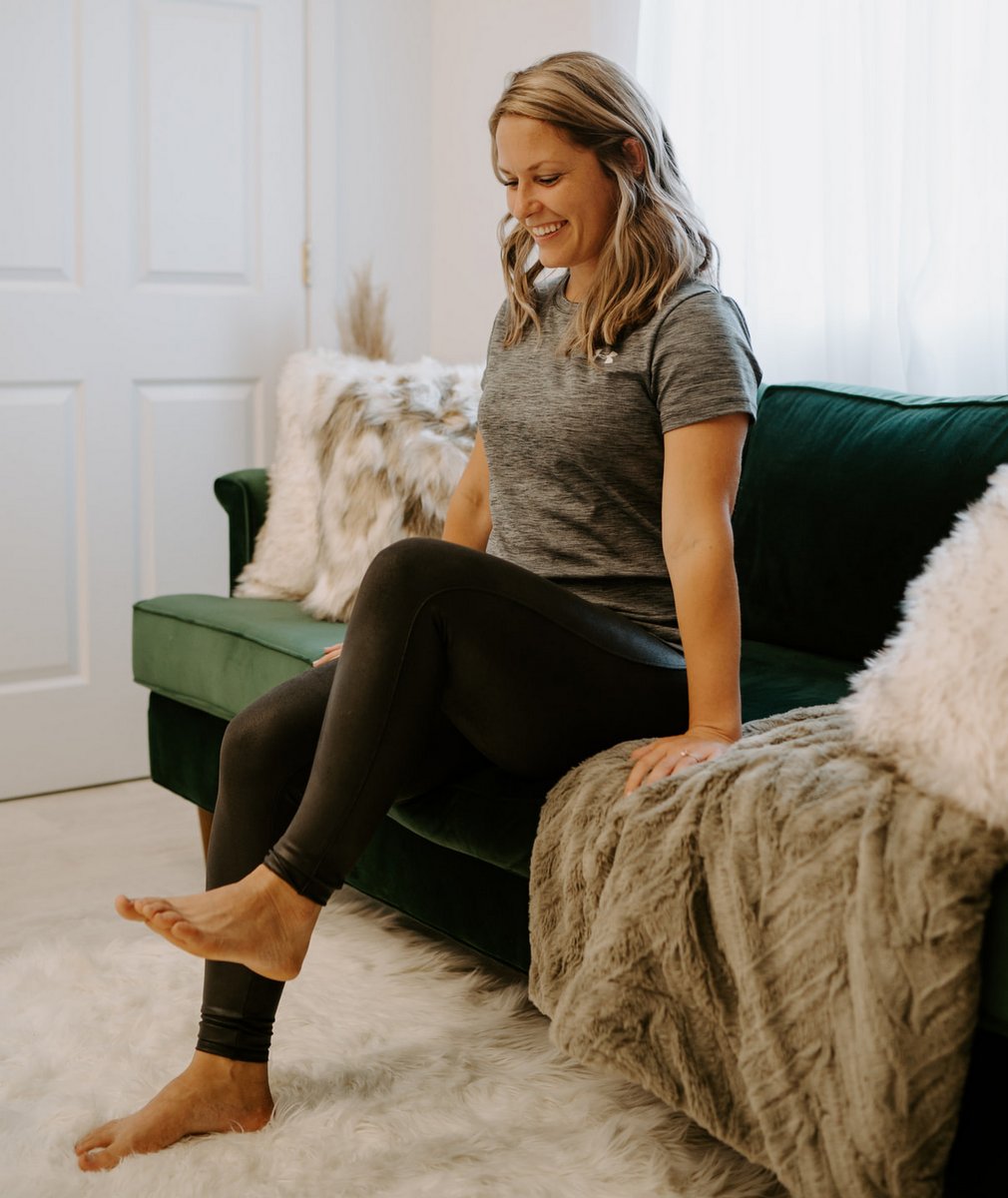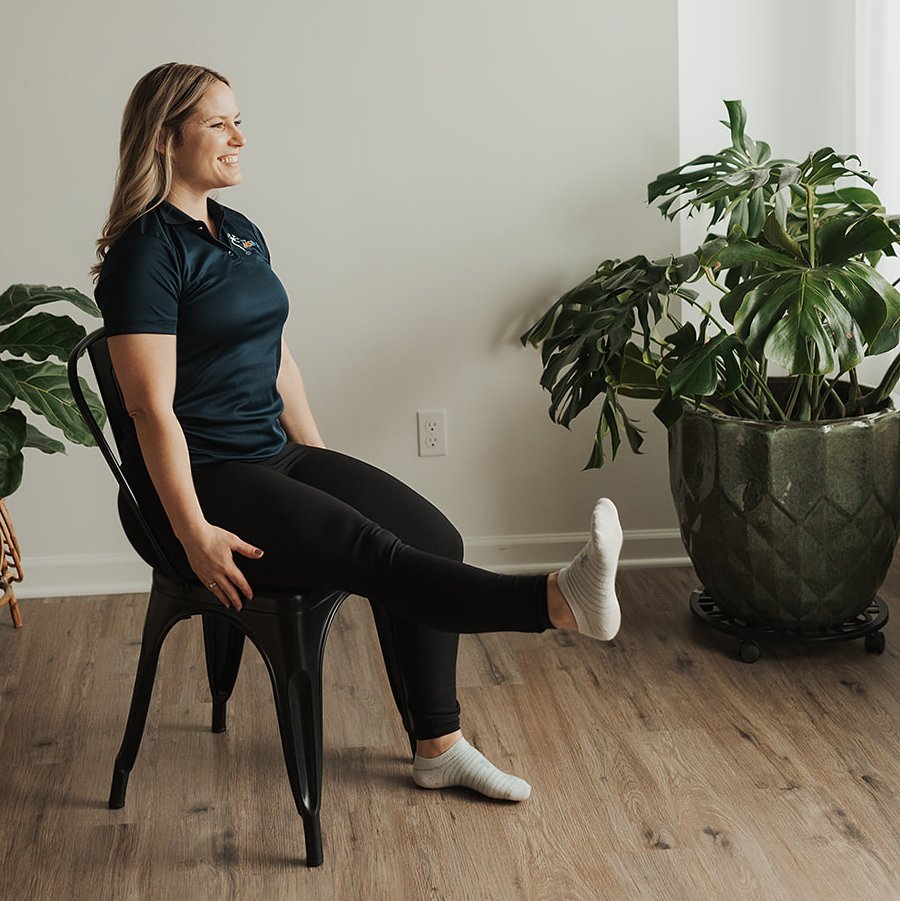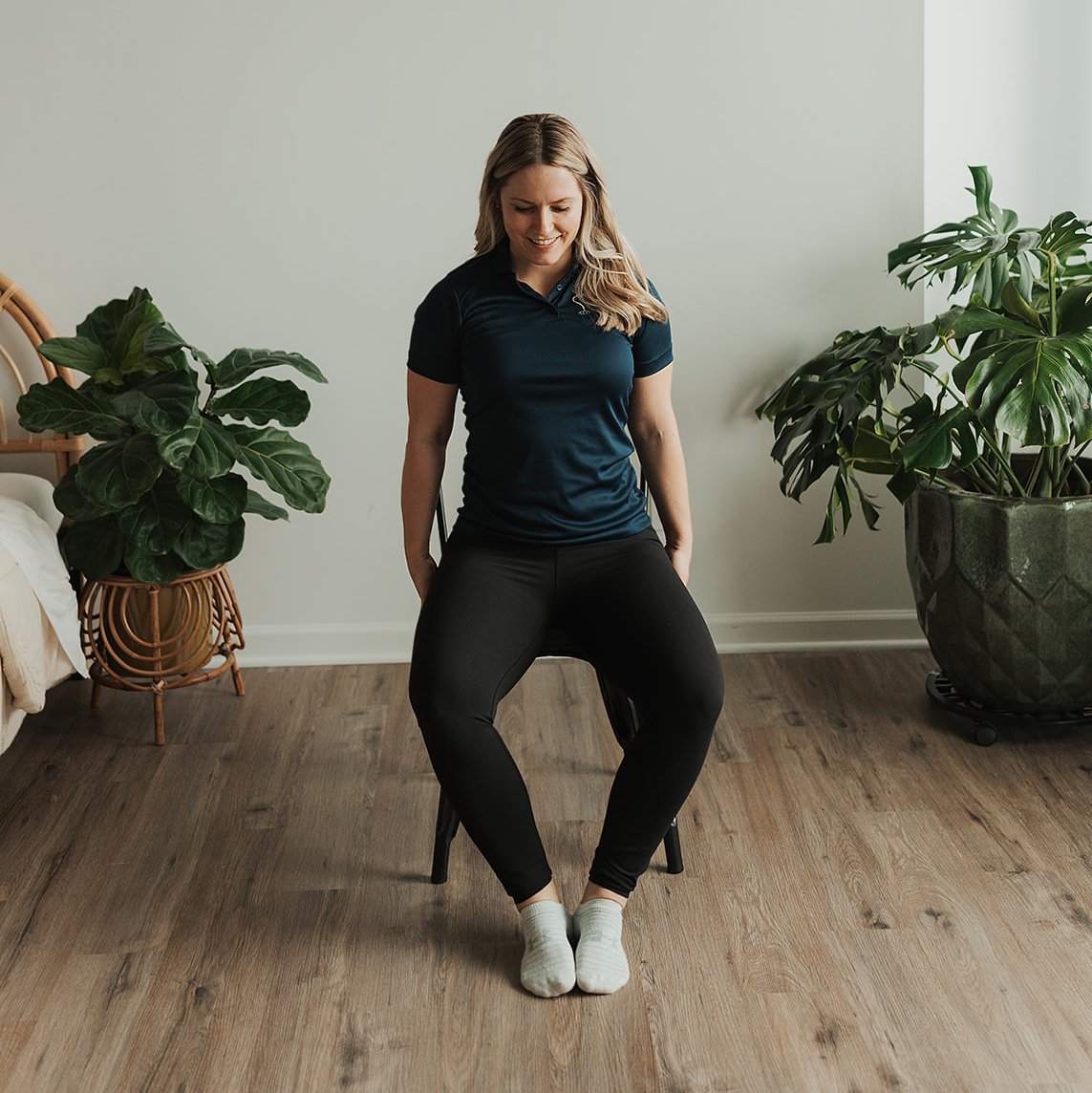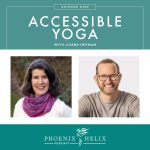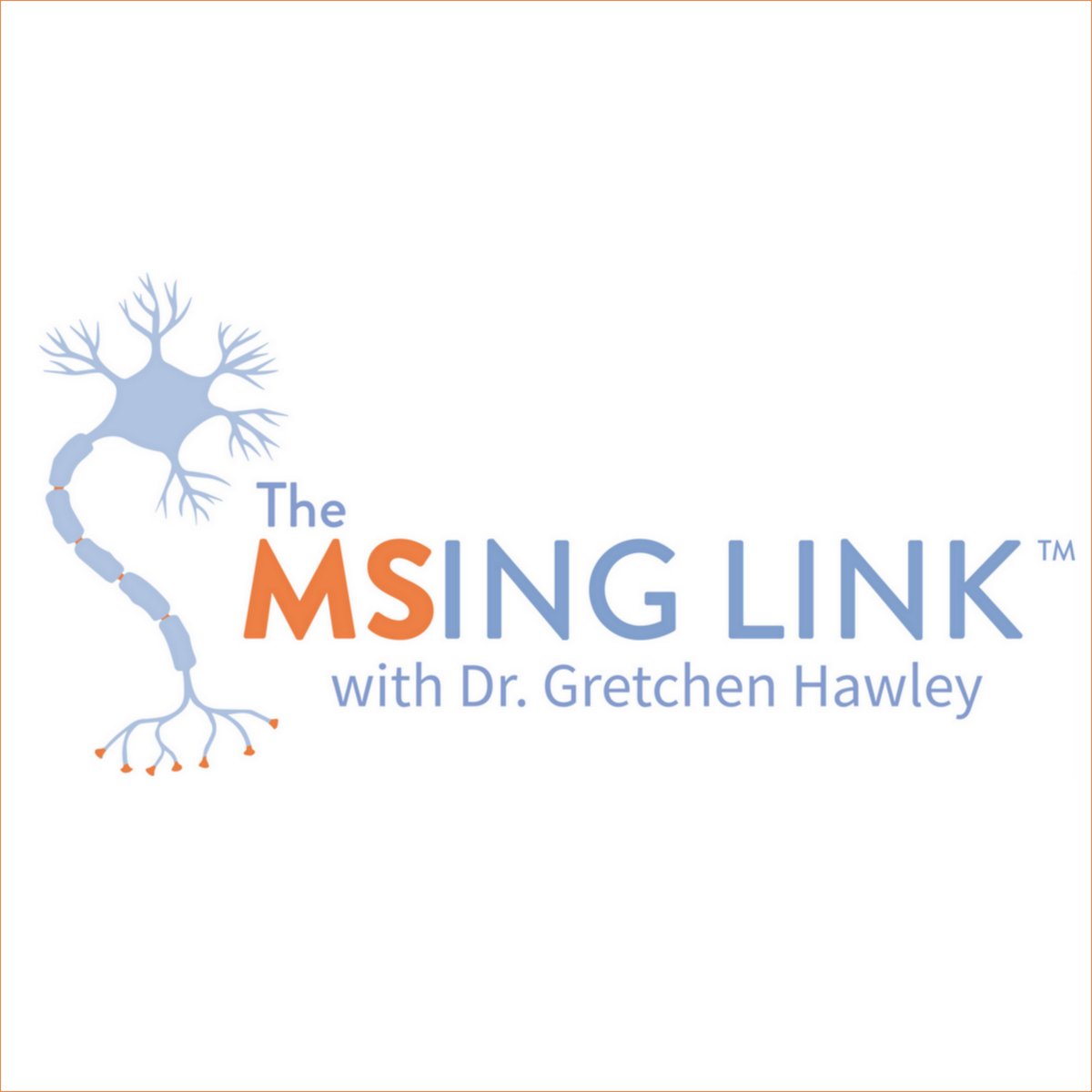
“When it comes to MS, muscle weakness isn’t the cause of weak muscles or difficulty walking. The cause is weakness in the neural pathways from demyelination. Therefore, your exercises need to strengthen your muscles AND the neural pathways in order to actually make long-term improvement.”
~ Dr. Gretchen Hawley
The Autoimmune Exercise Series
My goal with this exercise series is to profile different forms of exercise that may be especially beneficial to people with autoimmune disease. Often, after an autoimmune diagnosis, the exercise we did in the past no longer benefits our body. Instead, workouts may cause autoimmune flares. It’s disheartening and confusing when this happens. However, it doesn’t mean we should stop moving altogether. Research shows that exercise improves the health of people with autoimmune disease, whereas inactivity can actually increase inflammation.
The trick is finding the right form of exercise for you, and that might change based on your current level of symptoms. In this exercise series, I’ll be featuring a wide variety of techniques to help you find the forms of exercise your body enjoys the most. You might choose one type on days when your body needs more rest, and another type on days when your body is feeling great! There is usually some trial and error in this process of discovery, so don’t give up if it takes time to figure out what works for your unique body. Perfection is impossible, but finding ways to move that are both joyful and beneficial is a goal that’s worth the effort.
Introducing Dr. Gretchen Hawley
Dr. Gretchen Hawley is a Doctor of Physical Therapy and a Multiple Sclerosis Certified Specialist. Her work focuses on MS-specific exercises to help her clients improve strength, mobility, and independence by strengthening the connection between our muscles and brain via neuroplasticity. Dr. Gretchen shares her expertise in her online MS wellness program, The MSing Link.
What is The MSing Link?
The MSing Link is a comprehensive and personalized approach to treating multiple sclerosis with in-depth trainings, guidance, and support. This program gives you a space in which you’re heard, seen, and supported so that we can provide you with the best exercises, strategies, and tips to get quicker results with improved mobility and confidence.
How is it different from other forms of exercise?
The MSing Link exercises not only strengthen your muscles, but also strengthen your neural pathways. When it comes to MS, muscle weakness isn’t the cause of weak muscles or difficulty walking. The cause is weakness in the neural pathways from demyelination. Therefore, your exercises need to strengthen your muscles AND the neural pathways in order to actually make long-term improvements.
The MSing Link also offers the choice of two different exercise styles. One is a series of individual exercises (ranging from 3-7 minutes) for those that like to exercise in small bouts of time throughout the day. We also offer long-form exercise classes (20-45 minutes) for those that want to exercise all at once.
Perhaps most importantly, every exercise and class in The MSing Link is designed with function in mind. The goal is to help you not only improve your strength and balance but also be able to walk longer distances, walk with better quality on even and uneven ground, climb stairs, get into and out of your car, etc. Oftentimes, people with MS who exercise with non-functional movements will notice improved strength and balance but no change in walking. You won’t have to worry about that here – I’ve got you covered!
Your program is designed for people with MS. Would anyone else benefit from this form of exercise?
Absolutely! While my program was designed for people with multiple sclerosis, I’ve found that it helps people with other neurological and autoimmune diseases such as rheumatoid arthritis, Parkinson’s, HSP, post-stroke, myasthenia gravis, and others. I even have some MSing Link members who practice the exercises with their elderly parents so they can gain improved balance and function in their day to day life.
Sample Exercise: Seated Marching
- Seated marching is a great exercise to strengthen your hip flexors so that walking and stair climbing are easier.
- Start sitting upright with both feet planted on the floor. Slowly lift one knee up toward the ceiling as high as you can, pause for 1-2 seconds, then slowly lower. Repeat on the other side and continue alternating until you’ve performed as many as you can with good quality (i.e. your leg doesn’t start falling outward or inward).
Sample Exercise: Seated Leg Kicks
- Seated leg kicks will strengthen your quad muscles to reduce the likelihood of knee buckling or hyperextending. It will also strengthen your hamstrings so that bending your knee is easier.
- Sit up tall at the back of your chair with both feet planted on the ground. Slowly straighten one leg so that your foot comes forward and off the ground, pause for 1-2 seconds, then slowly lower the leg. Alternate legs and repeat as many times as you can with good quality.
Sample Exercise: Seated Clamshell
- This seated clamshell exercise strengthens your outer hips, which can improve balance and stability while also reducing “knee-kissing” when your knees collapse inward.
- Sit up tall at the edge of your chair with your feet touching each other. Slowly open your knees as wide as you can without your feet rolling away from one another. Once they’re as wide as you can get them, squeeze your gluteal muscles and tighten your buttock. Hold for 1-2 seconds then slowly release. Repeat as many times as you can with good quality
Do you also have video examples of these exercises?
Yes, I have a YouTube channel, and this video below is chock full of my favorite seated exercises, including the ones I describe above:
Can these exercises be adapted around pain and mobility challenges?
Absolutely! Adapting exercises is my favorite thing to do because it allows for more accessibility, and therefore more consistency. There are several ways to adapt:
- Changing positions is my favorite technique because there are so many options – standing, sitting upright, sitting reclined, side lying, lying on your back, or laying on your stomach. Each exercise will vary, but trying them in different positions can make the exercise easier, which means you’re less likely to recruit other muscle groups and cause tightness and pain. Also, the easier an exercise is, the more reps you can do with good quality. And that means more opportunities for neuroplasticity!
- Changing the location is fun, too! If you’re exercising on your couch, but it’s squishy and low, that can make exercise challenging. Try switching to a firm chair or a taller surface (even your bed, if you have a taller bed!)
- Sometimes, pain occurs when a muscle is overworked, so if we allow more rest time, we can get the same amount of strengthening without the pain, muscle tension, or aches.
- Lastly, aim for less movement within the exercise. You don’t have to push yourself to always go farther or higher. The “go big or go home” mentality often does more harm than good. Do what you can without judgment.
Where can people learn more about The MSing Link?
My mission:
To create awareness around neuroplasticity exercises that can help individuals living with MS worldwide feel more confident and empowered.
My services:
- 5 Day MS Strength Challenge – this is a free 5 day challenge where I teach the basics of MS-specific physical therapy and exercise: neuroplasticity, functional exercise, and exercise parameters (i.e. how many repetitions and sets, how long to hold the exercises for, how many days per week to exercise, etc.)
- Walking Webinar – this is a free 1 hour webinar where I teach and demonstrate MS-specific walking guidelines to improve strength and balance while walking.
- My Book – if you like this article, you’ll love my book! I share multiple exercises like the ones above.
- The MSing Link Program – this is my comprehensive online MS wellness program where you’ll find over 100 MS-specific exercises as well as a guide that will tell you exactly which exercises to do each day to help you reach your goals! There are also symptom-specific exercises and 4 opportunities each month to get your questions answered by myself and our MS expert exercise teachers and guest speakers.
How to connect with me:
Disclaimer
Each person’s exercise needs are unique. This exercise series is designed to introduce you to new forms of exercise that may or may not work for you. Always consult with your healthcare team before beginning a new exercise program. Also, pay attention to your body’s limits, and start slowly.
You May Also Be Interested In

